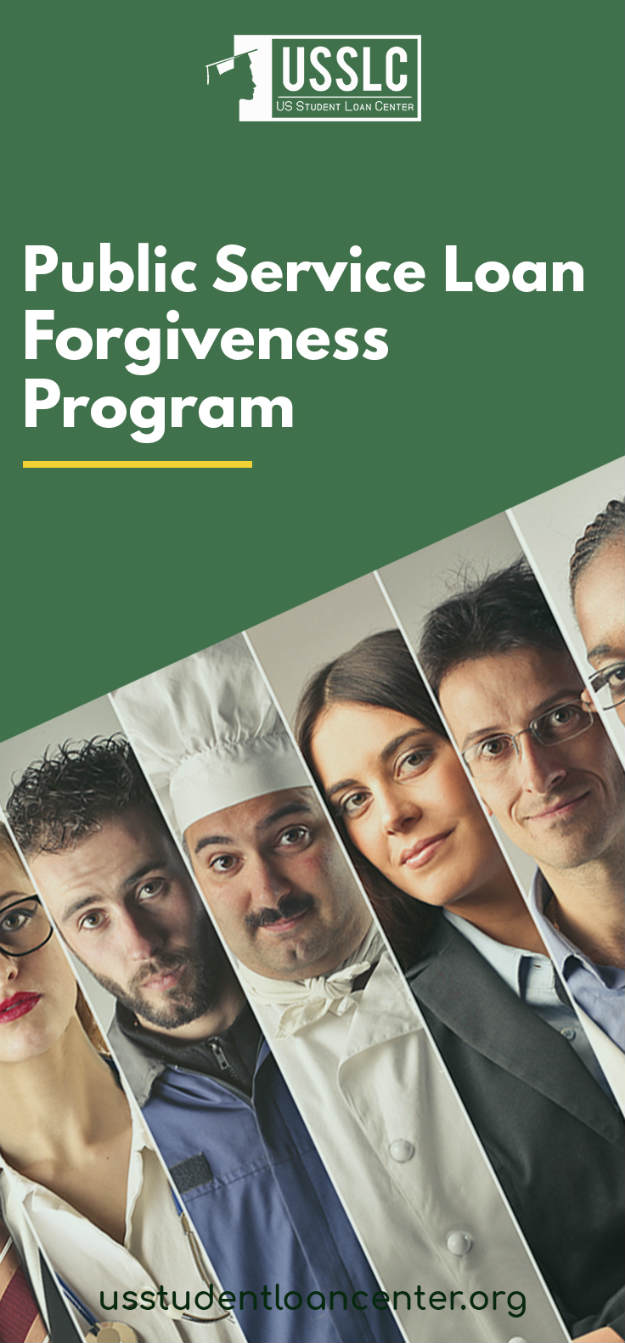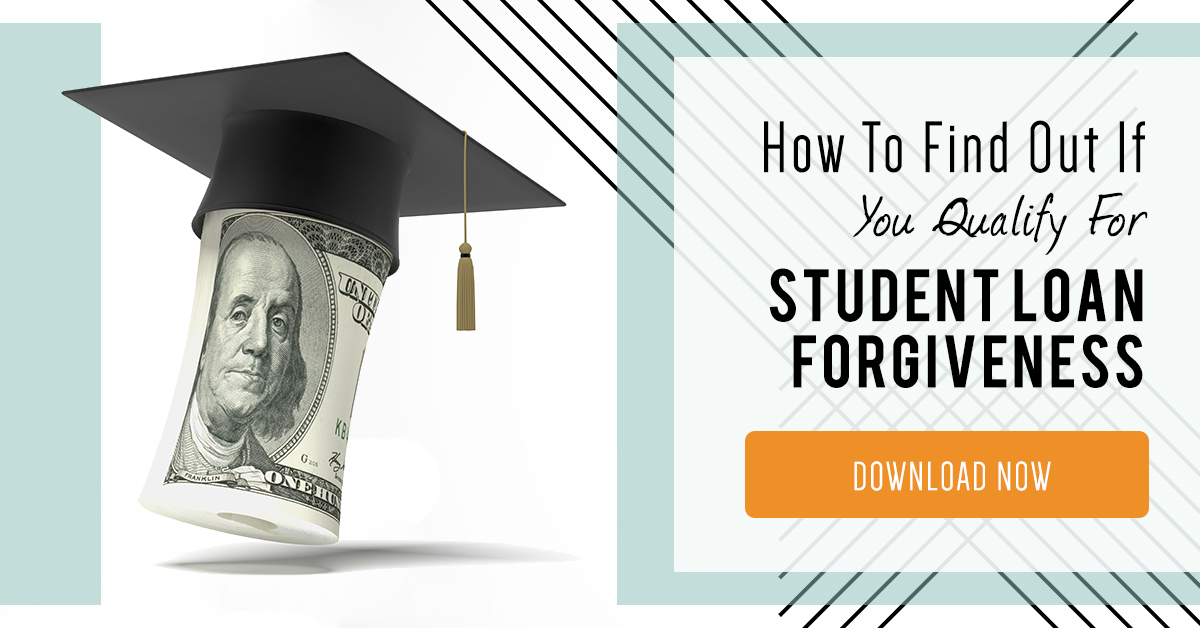The average person leaves college with both a bachelor’s degree and around $20,000 worth of student loans.
Luckily, you can have your student loans wiped off by applying for a student loan forgiveness program.
However, you may have a few questions which hinder you from applying for a student loan forgiveness program. As such, we’re here to guide you on what you need to know about getting your student debt forgiven!
(Note: Need to know if you can qualify for student loan forgiveness? Many people qualify but never find out until it’s too late, and before they know it, they are overpaying on their student loans. Get the Definitive Guide To Student Loan Forgiveness to easily find out if you can qualify for one or more of the many Student Loan Forgiveness programs offered by the Dept. of Education. Click here to learn more.)
Quick Facts About the Student Loan Forgiveness Program
In this article:
- Who Are Qualified to Apply for a Student Loan Program?
- What Student Loan Forgiveness Programs Are Available?
- What Is a Repayment Student Loan Forgiveness Program?
- What is the Public Service Student Loan Forgiveness Program?
- What Careers Are Eligible for a Student Loan Forgiveness Program?
- What Loans Qualify for the PSLF?
Who Are Qualified to Apply for a Student Loan Program?
Most people would assume that applying for a student loan forgiveness program is reserved for the academic achievers and those coming from low-income families.
However, the fact of the matter is that many individuals can actually qualify for a program, they just don’t know how.
There are various programs available and each is designed to help people coming from a specific group. You can qualify for a student loan forgiveness program based on your income, nature of work, and repayment programs.
What Student Loan Forgiveness Programs Are Available?
The most common general brackets you can apply for is the repayment program and the public service student loan forgiveness program. Under these two programs are the actual programs you can apply for.
What Is a Repayment Student Loan Forgiveness Program?
The repayment programs include: Income-Based Repayment Program, Pay As You Earn, Revised Pay As You Earn, and Income Contingent Repayment Program.
A determining factor when applying for these programs is your monthly income. In fact, most of these programs cap your monthly payments based on your income.
For example, the IBR caps your payments to around 10%-15% of your discretionary income. Also, the PAYE program also caps your payments to 10% of your monthly earnings derived from work.
What is the Public Service Student Loan Forgiveness Program?

The Public Service Student Loan Forgiveness Program is one of the easiest ways to have your student loans forgiven. According to the PSLF, the debtor only has to be in a public service career and make 120 consecutive payments to qualify.
What Careers Are Eligible for a Student Loan Forgiveness Program?
You can now apply for the Public Service Student Loan Forgiveness Program if you are in any of the following fields of work:
- Education
- Military Service
- Public Safety
- Nurses/Peace Corps
- Full-Time Federal, State, or Government Employees
- Law Enforcement
What Loans Qualify for the PSLF?
While it may be easy to qualify for the PSLF, only Direct Loans are eligible for the program. Other loans such as the Federal Perkins Loan and Federal Family Education Loan do not qualify.
Check out this video by The College Investor to learn more about what a student loan forgiveness program is:
It takes around 10 years for the average student loan debtor to complete their payments. Getting granted under a student loan forgiveness program is definitely a great way to save some of your hard earned money.
However, if you don’t qualify for a student loan forgiveness program, remember that there are other ways to handle your debt.
(Bonus Tip: Want all the pros and cons of student loan forgiveness all in one easy and accessible spot? The Definitive Guide To Student Loan Forgiveness will go over each type of forgiveness program and weigh your options for you, so you don’t have to. Click here to get more info on the free guide.)
Did reading this article answer your questions on what a student loan forgiveness program is? What questions did we miss? Feel free to share your thoughts with us in the comments section below this page.


Leave a Reply